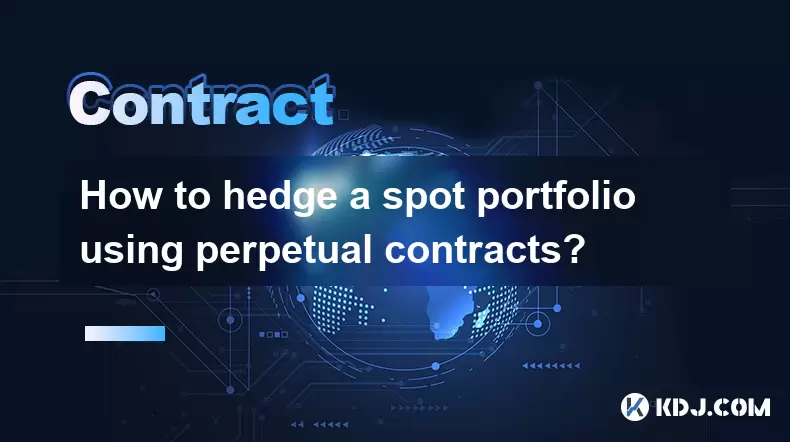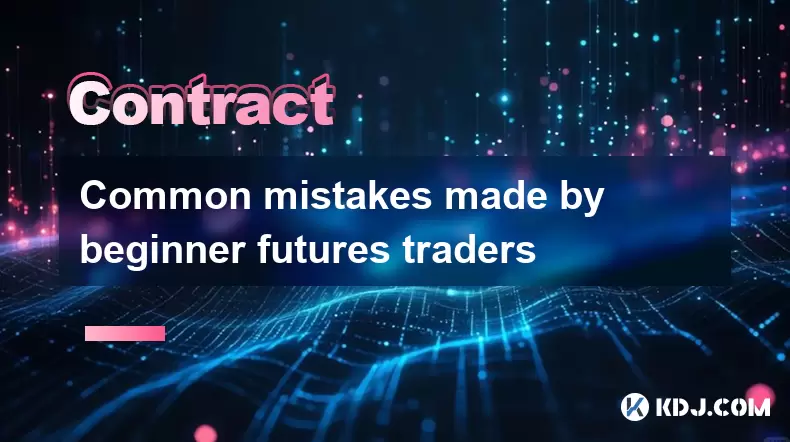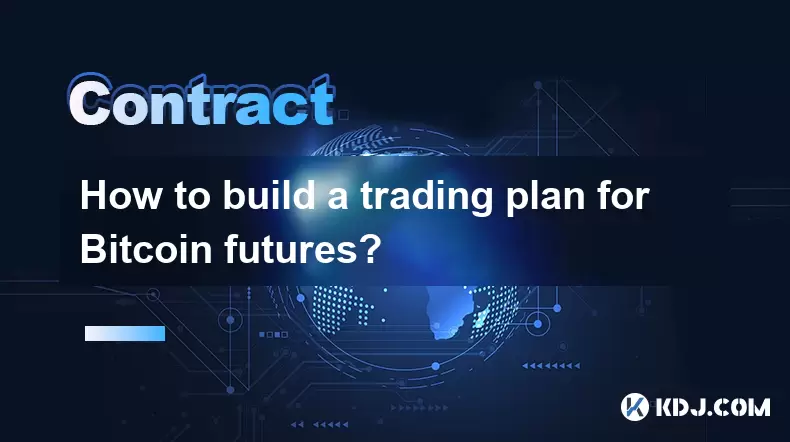-
 Bitcoin
Bitcoin $120400
1.77% -
 Ethereum
Ethereum $3615
7.90% -
 XRP
XRP $3.580
17.84% -
 Tether USDt
Tether USDt $1.001
0.06% -
 BNB
BNB $729.4
1.25% -
 Solana
Solana $179.9
5.04% -
 USDC
USDC $0.0000
0.01% -
 Dogecoin
Dogecoin $0.2311
8.22% -
 TRON
TRON $0.3226
4.04% -
 Cardano
Cardano $0.8490
12.85% -
 Hyperliquid
Hyperliquid $46.45
0.72% -
 Stellar
Stellar $0.4913
8.54% -
 Sui
Sui $4.027
2.00% -
 Chainlink
Chainlink $18.51
11.67% -
 Hedera
Hedera $0.2818
21.51% -
 Avalanche
Avalanche $24.03
7.40% -
 Bitcoin Cash
Bitcoin Cash $508.5
2.90% -
 Shiba Inu
Shiba Inu $0.00001496
3.24% -
 UNUS SED LEO
UNUS SED LEO $8.961
1.83% -
 Toncoin
Toncoin $3.264
3.13% -
 Litecoin
Litecoin $104.6
8.15% -
 Polkadot
Polkadot $4.389
6.11% -
 Uniswap
Uniswap $9.924
10.63% -
 Monero
Monero $337.9
0.49% -
 Pepe
Pepe $0.00001376
2.79% -
 Bitget Token
Bitget Token $4.830
2.46% -
 Ethena USDe
Ethena USDe $1.001
0.05% -
 Dai
Dai $1.000
0.02% -
 Aave
Aave $325.2
1.66% -
 Bittensor
Bittensor $423.7
-0.85%
How to hedge a spot portfolio using perpetual contracts?
Hedging a spot crypto portfolio with perpetual contracts helps protect against price drops by offsetting potential losses through short positions, allowing investors to maintain asset ownership while managing risk.
Jul 15, 2025 at 09:29 am

Understanding Spot Portfolios and Perpetual Contracts
A spot portfolio refers to a collection of cryptocurrencies held directly by an investor. These assets are traded on spot markets, where transactions involve immediate delivery of the underlying asset. On the other hand, perpetual contracts are derivative instruments that allow traders to speculate on price movements without owning the actual asset. Unlike traditional futures, perpetual contracts have no expiration date, making them ideal for long-term hedging strategies.
Perpetual contracts mirror the price of the underlying asset closely due to funding rate mechanisms. This ensures that traders can maintain positions indefinitely while aligning with real-time market values.
Why Hedge a Spot Portfolio?
Hedging is a risk management strategy used to offset potential losses in one investment by taking an opposite position in a related asset. In the volatile cryptocurrency market, holding a spot portfolio exposes investors to significant downside risks during sharp price drops. By using perpetual contracts, investors can protect their holdings from adverse price movements without selling their actual assets.
The goal of hedging is not to profit but to minimize exposure to short-term volatility. This is especially crucial for long-term holders who believe in the fundamental value of their assets but want protection against temporary market corrections.
Determining the Hedging Ratio
Before initiating a hedge, it’s essential to calculate the appropriate hedging ratio, which determines how much of the portfolio should be protected. The hedging ratio typically depends on the investor's risk tolerance, market outlook, and the correlation between the spot asset and the perpetual contract.
- For a full hedge, the value of the perpetual contract should match the value of the spot position.
- A partial hedge may involve covering only a percentage of the portfolio, such as 50% or 75%, depending on the investor’s confidence level.
It’s important to rebalance the hedge periodically as prices fluctuate and portfolio values change. Regular monitoring ensures the hedge remains effective over time.
Executing the Hedge Using Perpetual Futures
To hedge a spot portfolio using perpetual contracts, follow these steps:
- Select the corresponding perpetual contract: Choose a perpetual future that matches the asset in your spot portfolio (e.g., BTC/USDT perpetual for a Bitcoin spot position).
- Determine the contract size: Calculate how many contracts are needed based on the amount of the spot asset you wish to hedge.
- Open a short position: Since you own the asset in the spot market, opening a short position in the perpetual contract will offset potential losses if the price drops.
- Monitor funding rates: Perpetual contracts require periodic funding payments. Be aware of the cost implications when maintaining long-term hedges.
Use a reliable trading platform that supports margin trading and offers tight spreads for better execution. Popular platforms include Binance, Bybit, and OKX.
Managing Risks and Adjusting Positions
While hedging reduces directional risk, it also introduces new complexities. One must carefully manage liquidation risks associated with leveraged perpetual contracts. Setting stop-loss orders or adjusting leverage levels can help avoid forced liquidations during volatile periods.
- Track unrealized PnL: Monitor both the spot and futures positions to understand the net impact of price changes.
- Adjust hedge dynamically: If the spot portfolio value increases significantly, consider increasing the short futures position to maintain the desired hedge ratio.
- Consider funding costs: Over time, funding fees can accumulate. Evaluate whether the cost of maintaining the hedge is justified by the protection offered.
Effective hedging requires continuous evaluation and adjustment rather than a set-and-forget approach. Investors should stay informed about market conditions and adjust their strategies accordingly.
Frequently Asked Questions (FAQs)
What happens if I don’t close my hedge when the market stabilizes?
If the hedge remains open after the market stabilizes, any gains in the futures position will offset profits in the spot portfolio. This results in a neutral net outcome, effectively locking in the original entry price of the spot asset.
Can I use stablecoins as collateral for hedging with perpetual contracts?
Yes, most exchanges allow users to use stablecoins like USDT or USDC as collateral when trading perpetual contracts. This avoids converting crypto assets into fiat and maintains liquidity in the portfolio.
Is it possible to hedge multiple assets simultaneously?
Yes, investors can hedge multiple assets by opening corresponding perpetual positions for each spot holding. It’s crucial to ensure that each hedge is sized appropriately relative to the respective asset's value.
How do funding rates affect the effectiveness of a hedge?
Funding rates are periodic payments exchanged between long and short traders. While they help tether the perpetual price to the spot price, they can add to the cost of maintaining a long-term hedge. Understanding funding rate schedules helps optimize hedging efficiency.
Disclaimer:info@kdj.com
The information provided is not trading advice. kdj.com does not assume any responsibility for any investments made based on the information provided in this article. Cryptocurrencies are highly volatile and it is highly recommended that you invest with caution after thorough research!
If you believe that the content used on this website infringes your copyright, please contact us immediately (info@kdj.com) and we will delete it promptly.
- MEXC's Q2 Domination: Riding the Crypto Wave to Market Leadership
- 2025-07-18 18:30:12
- Caldera (ERA) Takes Flight: Binance Listing Ignites Crypto Surge
- 2025-07-18 19:10:13
- Hex Trust and Algorand: Institutional Staking Rewards Take Center Stage
- 2025-07-18 19:50:13
- XRP, Ethereum, and the Crypto Rotation: Where's the Smart Money Going?
- 2025-07-18 19:15:13
- DeFi Lending, Fintech, and Morpho: A New Era?
- 2025-07-18 19:50:13
- Ethereum, Litecoin, and Institutional Crypto: What's the Deal?
- 2025-07-18 19:55:13
Related knowledge

What is a stablecoin-margined contract vs a coin-margined contract?
Jul 15,2025 at 06:36pm
Understanding the Difference Between Stablecoin-Margined Contracts and Coin-Margined ContractsIn the world of cryptocurrency derivatives, margin plays...

How to analyze volume profile for Bitcoin futures?
Jul 17,2025 at 01:21am
Understanding Volume Profile in Bitcoin Futures TradingVolume profile is a crucial analytical tool used by traders to assess the distribution of tradi...

How to backtest a Bitcoin futures trading strategy?
Jul 15,2025 at 11:35am
Understanding Bitcoin Futures TradingBitcoin futures trading involves contracts to buy or sell Bitcoin at a predetermined price and date in the future...

Common mistakes made by beginner futures traders
Jul 17,2025 at 07:49am
Overleveraging Without Understanding the RisksOne of the most frequent mistakes made by beginner futures traders is overleveraging their positions. Fu...

Psychology of trading Bitcoin contracts
Jul 13,2025 at 02:50am
Understanding the Emotional Rollercoaster of Bitcoin Futures TradingBitcoin contract trading, especially in the form of futures, introduces a high lev...

How to build a trading plan for Bitcoin futures?
Jul 17,2025 at 08:42am
Understanding Bitcoin Futures TradingBitcoin futures are derivative contracts that allow traders to speculate on the future price of Bitcoin without o...

What is a stablecoin-margined contract vs a coin-margined contract?
Jul 15,2025 at 06:36pm
Understanding the Difference Between Stablecoin-Margined Contracts and Coin-Margined ContractsIn the world of cryptocurrency derivatives, margin plays...

How to analyze volume profile for Bitcoin futures?
Jul 17,2025 at 01:21am
Understanding Volume Profile in Bitcoin Futures TradingVolume profile is a crucial analytical tool used by traders to assess the distribution of tradi...

How to backtest a Bitcoin futures trading strategy?
Jul 15,2025 at 11:35am
Understanding Bitcoin Futures TradingBitcoin futures trading involves contracts to buy or sell Bitcoin at a predetermined price and date in the future...

Common mistakes made by beginner futures traders
Jul 17,2025 at 07:49am
Overleveraging Without Understanding the RisksOne of the most frequent mistakes made by beginner futures traders is overleveraging their positions. Fu...

Psychology of trading Bitcoin contracts
Jul 13,2025 at 02:50am
Understanding the Emotional Rollercoaster of Bitcoin Futures TradingBitcoin contract trading, especially in the form of futures, introduces a high lev...

How to build a trading plan for Bitcoin futures?
Jul 17,2025 at 08:42am
Understanding Bitcoin Futures TradingBitcoin futures are derivative contracts that allow traders to speculate on the future price of Bitcoin without o...
See all articles

























































































